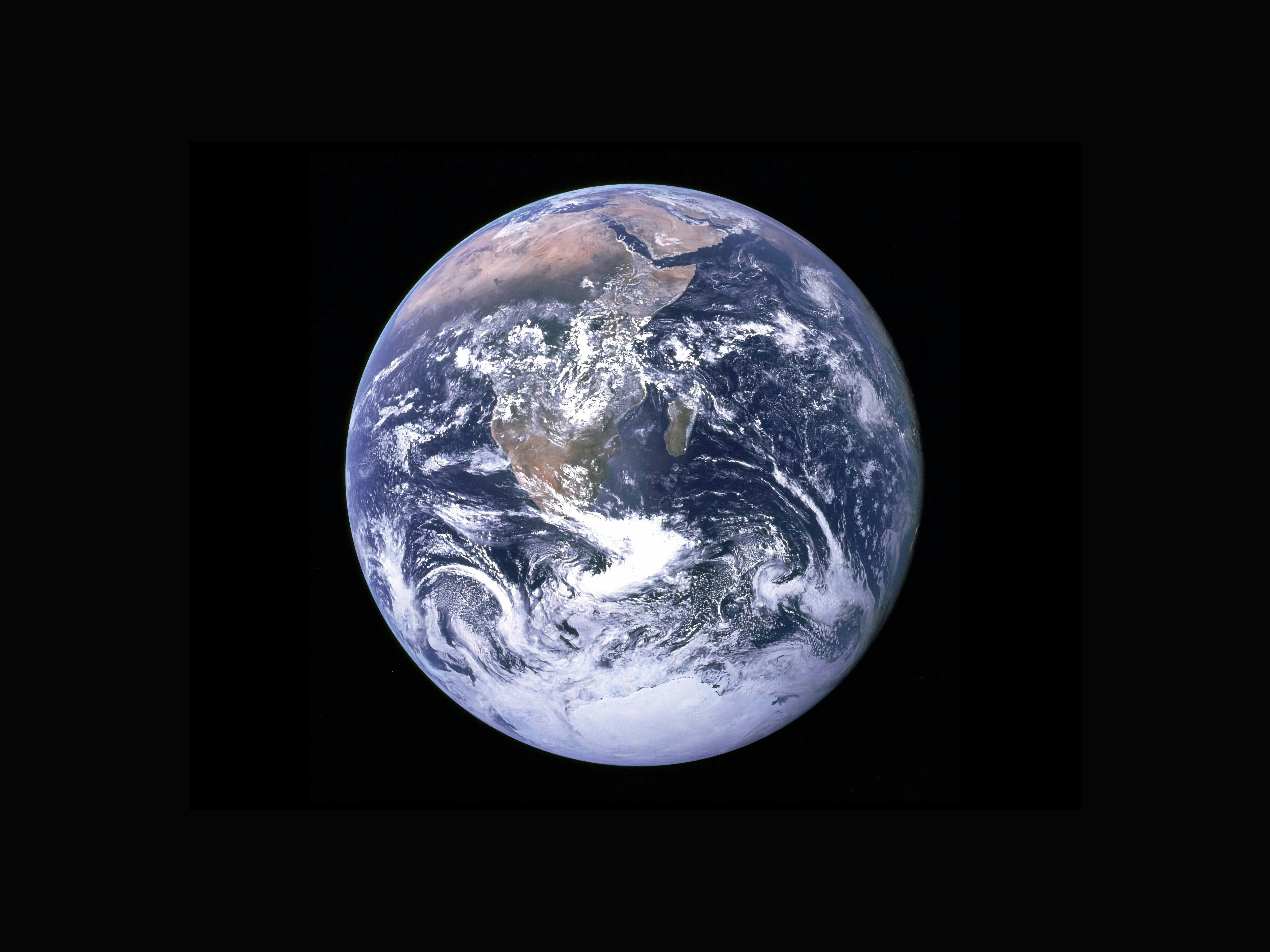Where are food supplies most at risk from climate change?

Stay up to date:
Future of the Environment
Climate change is set to have a major impact on global food security, as weather patterns and average temperatures change.
Studies have highlighted the potential impact on food supplies in Africa, but as the following map shows, it is a global challenge. The map uses data from the Notre Dame Global Adaptation Index, which assesses the ability of economies around the world to deal with the effects of climate change across a number of indicators. These include food vulnerability, measured using food production, food demand, nutrition and rural population figures.
The map makes clear the challenge faced by nations across Africa, with much of the continent’s food highly vulnerable to the impacts of climate change. However, across much of South-East Asia and the Americas, the world’s changing climate also presents a threat to food supplies.
At the other end of the scale, many European nations have low vulnerability scores, with Andorra, Germany and Poland the world’s three least vulnerable countries.
But none of these countries returned perfect scores, demonstrating that all nations must work together to ensure global climate change policy recognizes the risk of increased food scarcity.
Have you read?
How can we help farmers adapt to climate change?
Why climate change is an opportunity for Africa
To keep up with the Agenda subscribe to our weekly newsletter.
Author: Joe Myers is a Digital Content Producer at Formative Content.
Image: Wheat is seen in a field. REUTERS/Vincent Mundy
Don't miss any update on this topic
Create a free account and access your personalized content collection with our latest publications and analyses.
License and Republishing
World Economic Forum articles may be republished in accordance with the Creative Commons Attribution-NonCommercial-NoDerivatives 4.0 International Public License, and in accordance with our Terms of Use.
The views expressed in this article are those of the author alone and not the World Economic Forum.
Related topics:
Forum Stories newsletter
Bringing you weekly curated insights and analysis on the global issues that matter.
More on Climate ActionSee all
Will Hicks and Louise Thomas
April 16, 2025
Gill Einhorn
April 15, 2025
Hubert Keller and Maximilian Martin
April 15, 2025
Makaio Witte and Sourajit Aiyer
April 14, 2025
Katia Moskvitch
April 14, 2025
Michelle You
April 10, 2025



